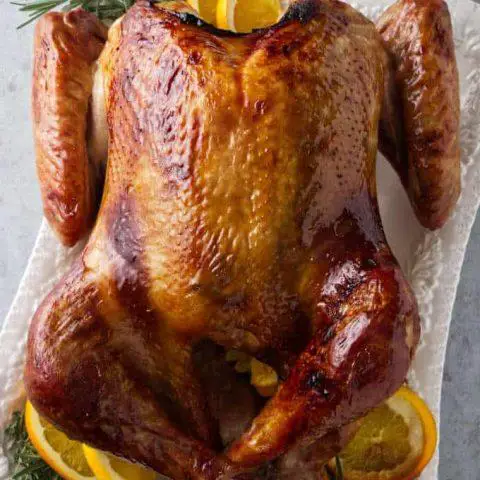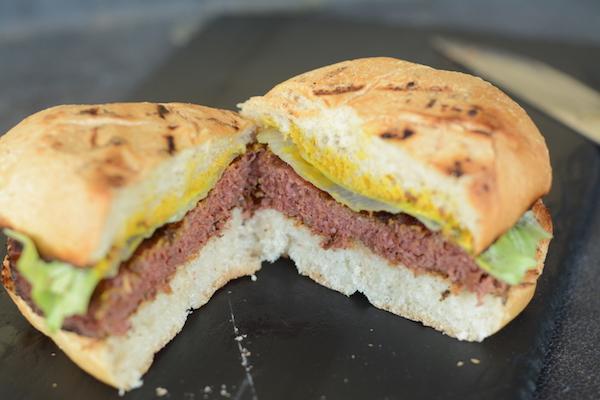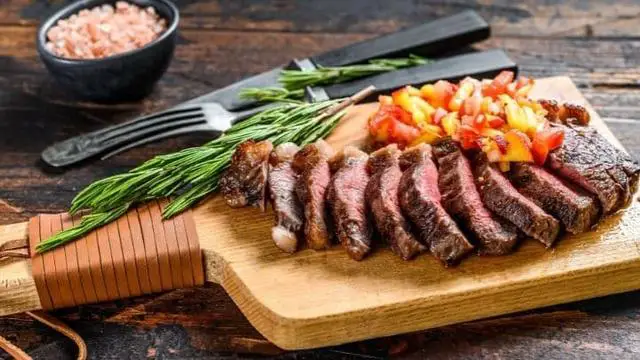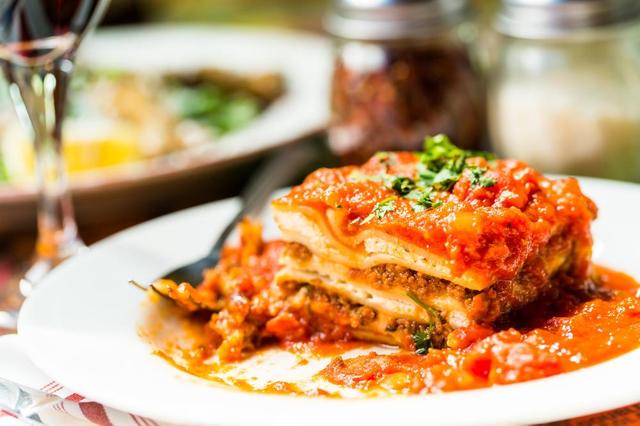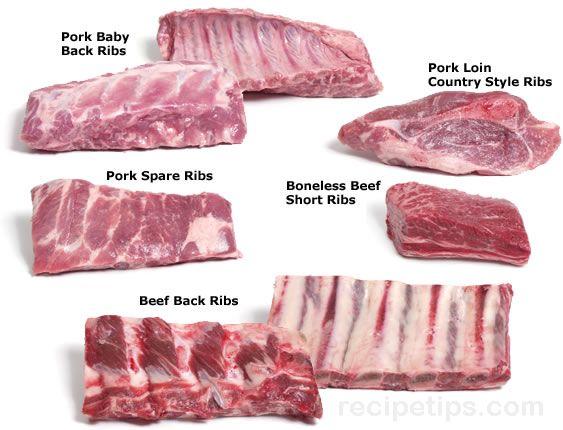
Discover the Delectable World of Ribs: Uncover the Many Varieties and Flavors
Kinds of Ribs: Beef, Pork, and Lamb

Ribs come in various types and are sourced from different animal species. The most popular varieties found in grocery stores are pork ribs and beef ribs. Pork ribs, specifically baby back ribs, are smaller and more tender, while spare ribs are meatier but less tender. St. Louis style ribs are trimmed versions of spare ribs with the sternum, rib tip, and flap removed.
Beef back ribs come from the rib primal after removing the ribeye muscle or prime rib. They offer less meat but make for an affordable smoking option. Country style ribs can be made by removing the first four ribs from the loin closest to the shoulder.
Lamb riblets are sourced from lamb’s spareribs and are known for being meaty. They respond well to various cooking techniques and can be marinated to enhance flavors.
Different Types of Ribs
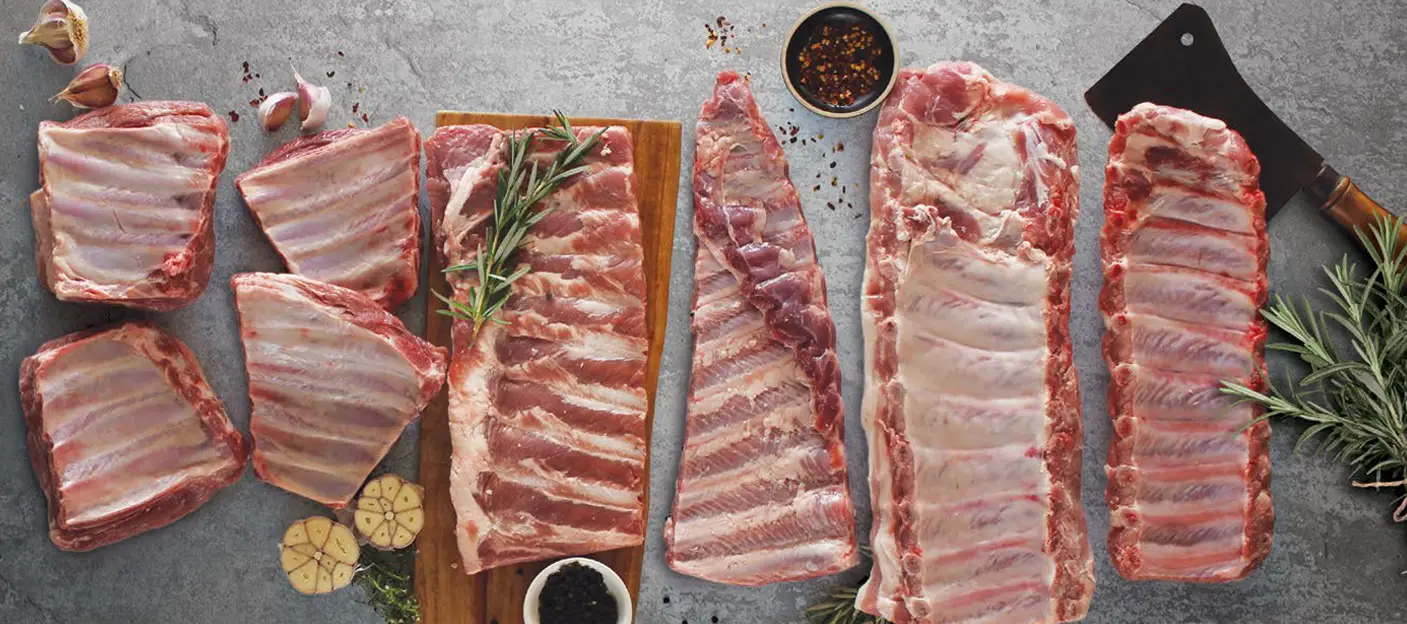
There are several types of ribs that can be found in grocery stores, including pork, beef, lamb, and others. The most popular varieties are pork ribs and beef ribs. Baby back ribs, also known as loin back ribs, are sourced from the upper portion of the pig’s rib cage and contain loin meat. They are smaller in size compared to spare ribs but are more tender. Spare ribs, on the other hand, are taken from the bottom of the ribs or the underbelly of the pig after removing bacon. They are meatier but less tender than baby back ribs and contain more fat for added flavor.
St. Louis style ribs refer to a specific way of cutting the ribs rather than a cooking method. These ribs are trimmed versions of spare ribs with the sternum, rib tip, and flap removed. Short plate ribs and chuck short ribs come from different parts of the cow. Short plate ribs come from the short plate primal and are often called plate short ribs or simply “short ribs.” Chuck short ribs are found in the chuck primal above the brisket. Flanken-style refers to beef chuck ribs cut across bone and is popular in Korean barbecue.
Beef back ribs come from the rib primal after removing ribeye or prime rib meat. They have less meat compared to short ribs but make for a cheap and easy smoke. Country style pork ribs are taken from the first four loin bones closest to the shoulder and have a small piece of blade bone removed. Lamb riblets are sourced from lamb’s spareribs and are noted for being meaty.
1. Baby Back Ribs
Baby back ribs, also known as loin back ribs, are sourced from the upper portion of the pig’s rib cage where the ribs and the spine meet. They are smaller in size compared to spare ribs and contain loin meat. A typical rack of baby back ribs includes 10-13 curved rib bones. These ribs are known for their tenderness and contain less meat and fat compared to spare ribs. Baby back ribs are best cooked using low and slow methods to render the connective tissue and collagen.
Spare ribs are taken from the bottom of the pig’s rib cage, just below the bacon area. These ribs extend around the belly and connect to the sternum. Spare ribs are generally considered more meaty but less tender than baby back ribs due to their higher fat content. They require longer smoking time due to their extensive collagen. Spare ribs usually have about a 1/4″ of meat left on them after trimming by the butcher. They provide added flavor as the fat renders during cooking.
St. Louis style refers to a specific way of cutting spare ribs rather than a cooking method. The name comes from how meat packing plants in St. Louis used to cut the ribs. St. Louis style ribs are trimmed versions of spare ribs with the sternum, rib tip, and flap removed. These trimmed racks weigh 3 1/2 lbs or less and have a flat appearance filled with bones.
The short plate is an extension of the brisket muscle in cattle, and from this area, we get sub-primal cuts like skirt steak, hanger steak, as well as plate short ribs. Short plate ribs, also known as plate short ribs, come from ribs 6, 7, and 8 of the short plate primal. They are cut just below the rib-eye and are typically sold as 3-bone slabs. These ribs are prized for their serratus ventralis muscle and should be smoked low and slow to render the connective tissues.
Chuck short ribs come from ribs 1-5 in the chuck primal of cattle. These bones are left in the chuck area because they are short and do not work well for steaks. Chuck short ribs are often braised rather than smoked. They have great marbling similar to rib steaks like ribeye, providing forward beefy flavors.
Flanken style ribs refer to a specific way of cutting beef chuck ribs (ribs 1-5) across the bone. This cutting method results in 4, 1″ rib bones that are popular in Korean barbecue known as Beef galbi or “Kalbi.” Flanken style ribs are thin cuts that wrap around the bone and should be cooked/seared hot and fast rather than smoked.
Beef back ribs come from the rib primal after removing the ribeye muscle or prime rib. Unlike short ribs where meat is found on top of the bones, beef back ribs have meat between the bones (intercostal). These ribs don’t offer much meat but make for an affordable option for smoking.
Lamb riblets are sourced from a lamb’s spareribs and comprise a small layer of fat with meat attached to them. They respond well to a variety of cooking techniques and can be marinated to enhance flavors. They are known for being meaty and can be prepared with both dry and moist methods.
2. Spareribs
Spareribs are taken from the bottom of the ribs or the underbelly of the pig after the bacon is removed. These ribs extend around the belly and connect to the sternum. In general, most people consider spare ribs to be more meaty but less tender than baby back ribs. However, they contain more fat which adds flavor as the fat renders. Due to their extensive collagen content, spare ribs also take longer to smoke than baby back ribs. Depending on how they’re butchered, they typically have about 1/4″ of meat left on them. Spare ribs are usually cheaper than St. Louis cut ribs and can feed more people due to their larger amount of meat compared to baby back ribs.
3. St. Louis Style Ribs
St. Louis style ribs are named after the way meat packing plants in St. Louis used to cut the ribs. These ribs are a trimmed version of spare ribs, with the sternum, rib tip, and flap removed. Unlike spareribs, St. Louis style ribs are flatter and larger in size, filled with bones. They are typically described as weighing “3 1/2 and down,” which means the trimmed rack weighs 3 1/2 pounds or less.
To prepare St. Louis style ribs, the cartilage needs to be trimmed and the silver skin should be removed. The preparation process is similar to regular spare ribs but with more emphasis on trimming. These ribs can be smoked low and slow for optimum flavor and tenderness.
St. Louis style ribs are a cost-effective option for smoking as they are cheaper than other varieties like baby back or spare ribs. They offer a meatier taste compared to baby back ribs due to their higher fat content, which adds extra flavor when rendered during cooking.
4. Types of Short Ribs
Short ribs come in various types, each offering unique flavors and cooking methods. One type is the plate short ribs, which are cut from ribs 6, 7, and 8 of the cow. These ribs are known for their marbling and are often trimmed into 4-5″ slabs, with the latissimus dorsi muscle removed. Another type is the chuck short ribs, which are found in the chuck section of the cow and run from ribs 1 to 5. These ribs have great marbling and beefy flavors, making them perfect for braising. They are often sold as singular bones or as an “English Cut.” Flanken-style ribs are another variation, typically made from beef chuck ribs (ribs 1-5). These thin-cut ribs feature multiple rib bones and are popular in Korean barbecue.
4.1 Short Plate Ribs
Short plate ribs are a type of rib cut that comes from the short plate primal of the cow. This primal is an extension of the brisket muscle, and from it, we can get sub-primal cuts like skirt steak, hanger steak, and plate short ribs. Short plate ribs are also known as “plate short ribs” or simply “short ribs.” They come from ribs 6, 7, and 8 on the cow and are usually cut just below the rib-eye as 3-bone slabs. These ribs are prized for their serratus ventralis muscle, which adds to their flavor and tenderness.
When preparing short plate ribs, they should be smoked low and slow to allow the collagens and connective tissues to render and break down. Some people prefer to trim these ribs into 4-5″ slabs, removing the latissimus dorsi muscle (also called the Lifter) from the serratus ventralis. However, it is not uncommon for them to be left untrimmed with the Lifter muscle intact. When left in-tact, the whole rib section is referred to as a “Brontosaurus rib.” Short plate ribs have a similar taste and smoking method as brisket.
If you’re interested in trying out short plate ribs, you can check out my recipe for guidance on how to smoke them properly.
4.2 Chuck Short Ribs
Chuck short ribs are taken from the chuck primal, specifically ribs 1-5, and are located just above the brisket. These ribs get their name because they are short rib bones found in the chuck. Chuck short ribs have excellent marbling and a rich beefy flavor that is reminiscent of rib steaks like ribeye. They are often labeled as “braising beef” ribs and are typically braised rather than smoked. Some people prefer chuck short ribs over other types of ribs due to their marbling and bold beef flavor. When sold as individual bones, they may be referred to as “English Cut,” while untrimmed 4-bone slabs are known as “Dino” beef ribs.
5. Flanken Cut Beef Ribs
Flanken cut beef ribs refer to ribs that are cut across the bone. This style of cutting is commonly used with beef chuck ribs (ribs 1-5), which feature four 1-inch rib bones. Flanken ribs are not typically meant to be smoked but rather cooked or seared hot and fast. They are popular in Korean barbecue, known as “Beef galbi” or “Kalbi,” where the emphasis is on a thin cut (about 1/2 inch) wrapped around the bone. Flanken ribs are also sometimes referred to as “LA style” due to their popularity among Korean immigrants in Los Angeles.
Flanken cut beef ribs offer a unique pattern and require a professional butcher to cut them in a cross-section rather than between each rib, like in the English style. Unlike other types of beef ribs, such as short ribs, flanken ribs do not have much meat on top of the bones but rather between them (intercostal). Due to their affordability and ease of smoking, they make for a cheap and easy smoke. If you’re interested in smoking flanken cut beef ribs, you can find recipes and tips online.
Overall, flanken cut beef ribs provide a different experience compared to other types of beef ribs. Their thin cut and cooking methods result in tender and flavorful meat that is enjoyed by many. Whether you’re exploring Korean barbecue or looking for an alternative way to enjoy beef ribs, flanken cut beef ribs offer a delicious option worth trying out.
6. Beef Back Ribs
Beef back ribs come from the rib primal after the ribeye muscle or prime rib has been removed. These ribs are different from short ribs as the meat is found between the bones, rather than on top of them. Although beef back ribs don’t offer much meat, they make for a cheap and easy smoke. Despite being typically inexpensive, they still provide a unique and flavorful experience when properly cooked. If you’re interested in smoking beef back ribs, be sure to check out my recipe for a delicious and satisfying meal.
If you’re looking for a budget-friendly option for smoked ribs, beef back ribs are a great choice. They may not have as much meat as other cuts, but they can still be tender and flavorful when cooked correctly. These ribs are often cheaper than ribeye meat, making them an affordable option for barbecue enthusiasts. Whether you’re smoking them low and slow or grilling them hot and fast, beef back ribs can be a delicious addition to your next cookout.
7. Country-Style Ribs
Country-style ribs are a type of rib cut that is taken from the first four ribs of the loin, which are closest to the shoulder. These ribs are known for their meatiness and can be prepared in various ways. They can be grilled, oven baked, smoked, or even made in a crock pot.
When butchers remove country-style ribs, they also remove a small piece of the blade bone and divide the meat into bone-in and boneless ribs. The remaining ribs on the pork loin are then used to make smaller racks of baby back ribs.
To enhance the flavor and tenderness of country-style ribs, it is recommended to marinate them before cooking. Marinating with ingredients such as garlic, red wine, salt, pepper, vinegar, and olive oil can add different flavors to the meat.
Overall, country-style ribs offer a flavorful and versatile option for cooking and can be enjoyed by many people.
8. Lamb Riblets
Lamb riblets are sourced from a lamb’s spareribs. These riblets are comprised of a small layer of fat and are noted for being meaty. Most people enjoy preparing these ribs because they respond well to a variety of cooking techniques. Some prefer drying the meat while others apply additional moisture to increase the flavor profile and overall tenderness. It’s recommended that you marinate the lamb riblets because the process enhances different flavors and the various ingredients being used such as garlic, red wine, salt, pepper, vinegar, and even olive oil.
Overall, lamb riblets offer a unique and delicious option for those looking to explore different cuts of meat. Whether you choose to grill them, oven bake them, or smoke them, lamb riblets can be a flavorful addition to any meal. Their versatility in cooking methods allows you to experiment with different flavors and techniques to create a dish that suits your taste preferences. So next time you’re at the grocery store, consider picking up some lamb riblets for a tasty and satisfying meal option.
In conclusion, there are several different types of ribs that vary in size, shape, and flavor. Whether it’s baby back ribs, spare ribs, or St. Louis-style ribs, each offers a unique taste experience for barbecue enthusiasts. Understanding the differences between these cuts can help you choose the perfect ribs to satisfy your cravings and enhance your grilling skills.
Learn More About Grilling
If you want to learn more about grilling, check out these other helpful resources!

